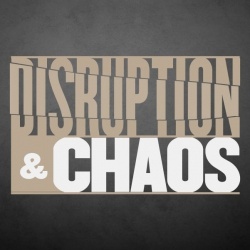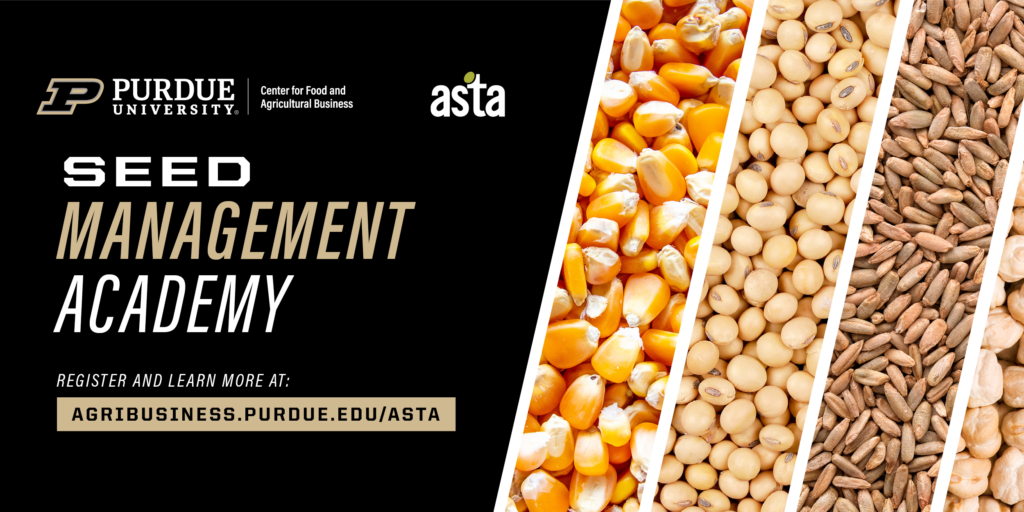 Disruption and chaos. A fundamental transformation of the food system.
Disruption and chaos. A fundamental transformation of the food system.
The agri-food system is changing and your organization is no doubt working through the ways to cultivate competitive advantage in an industry that’s moving at warp speed. It can be intimidating at times.
What’s more is that a lot of the industry changes seem to be coming out of left field—whether scientific breakthroughs, consumer preferences, mergers and acquisitions, or something entirely different. The marketplace continuously looks different.
But disruption and chaos in the marketplace isn’t necessarily always a bad thing, said Mike Boehlje, with Purdue University’s Center for Food and Agricultural Business. In fact, there could be opportunities to seize for those organizations that understand the types of disruption happening and are open to evolving.
These are the top five types of disruption causing the current transformation of the food system, according to Boehlje.
Chain reversal: From supply to customer-centric demand-driven value chains
As consumer preferences change, so does the direction of the value chain. Rather than simply supplying goods and hoping for demand, the chain is reversing to a model that produces to meet demands. The organizations best poised to make the most of this reversal? Those who are willing to talk to consumers and end-users.
“Organizations need to be more open and engaged with end-users,” Boehlje said. “Ask consumers what they do and don’t want and be willing to think about it. Have an awareness of what people value and what they are willing to pay for.”
But, he said, don’t take that model too far.
“Many innovations come unexpectedly. Don’t go to the extreme and stop researching. Just be willing to ask questions before making the big investment.”
So what does that mean for the internal operations of the business? It means making sure your organization has a collaborative environment so that different areas can help one another assess decisions. For example, research and development should be talking with sales and marketing and vice versa.
Customized and personalized consumption experiences
Food safety is a given, but quality expectations differ among consumers—and they differ situationally, ranging from generic food to unique food-consumption experiences. For example, people dining in a white tablecloth restaurant will have different expectations than those dining at a fast food establishment.
Not only do the quality expectations differ, but so do expectations of the experience. Add in credence preferences, such as fair trade, organic, or animal production practices, and consumer expectations have become more complex. Consumers are more interested than ever before in how food is produced, from start to finish.
“People consume food with a different mindset than in the past,” Boehlje said. “It used to be that consumers sought safe, cost-effective foods. In today’s marketplace, we’ve really changed the dimensions of what consumers are looking for.
“Organizations throughout the production and distribution chain—from seed distributors to food processors—need to understand how their firms contribute to what consumers are after.”
What dominates who? From efficiency to linkages and system performance
Firm efficiency is important, but now firms also have to consider how their entire value chain is going to offer these personalized consumption experiences. It has to start from the very beginning of the value chain, because once production begins, there’s no way to change raw ingredients from one credence or production attribute to another.
“You can’t take conventional grain and process it into organic,” Boehlje said. “You can’t take California-grown products and make them local to Indiana. You have to start at the beginning of the value chain because the entire chain and all of the linkages are important.”
Biological manufacturing: From “growing stuff” to precision production
Science and technology have become a large focal point of the food and agribusiness sectors in recent history, especially on the seed side of the business. Biological manufacturing now allows for enhanced plant and animal growth, and technology has allowed for more precision production practices through field monitoring, measuring and sensing. Not to mention advancements in process control systems, such as reducing plant stress through high-tech irrigation systems or multiple applications of nitrogen during the growing season.
According to Boehlje, advancements in all of these areas are valuable and they compliment one another.
“When growers can figure out how to reduce the impacts of drought, bugs or nutrition deficiencies in real-time, they have more control over the growth process,” he said. “There are now systems available to apply fertilizers or pesticides as needed only in the areas where they are needed.
“Taking all of these technologies and using them to leverage each other improves their efficacy and efficiency.”
Digitization of everything: From hard assets to data and information as the critical resource
Finally, digitization has become one of the main sources of competitive advantage within the food and agribusiness sectors. Where competitive advantage used to be primarily hard assets and physical resources, it has now moved to data and information, Boehlje said.
“We’ve moved into a time when the firms with the best and most accurate data, traceability, etc., are the ones with the advantage,” he said.
:
@ET-DC@eyJkeW5hbWljIjp0cnVlLCJjb250ZW50IjoicG9zdF9leGNlcnB0Iiwic2V0dGluZ3MiOnsiYmVmb3JlIjoiIiwiYWZ0ZXIiOiIiLCJ3b3JkcyI6IiIsInJlYWRfbW9yZV9sYWJlbCI6IiJ9fQ==@



